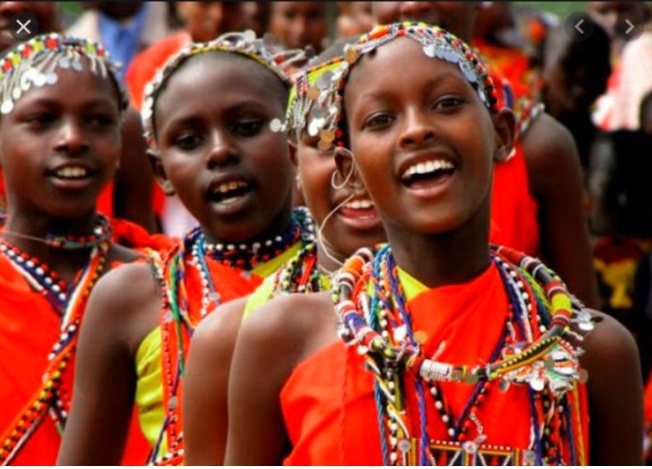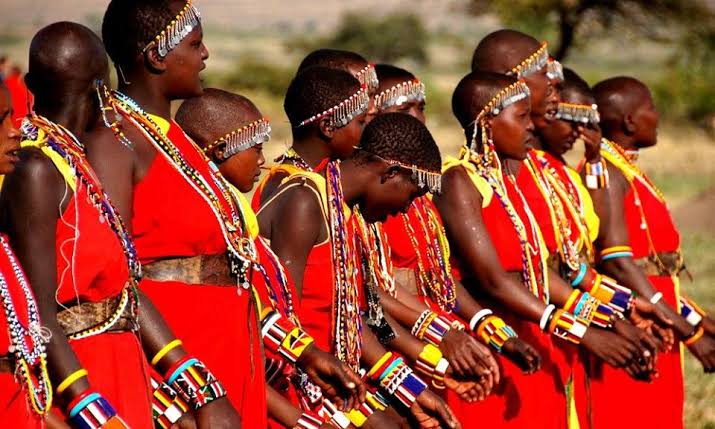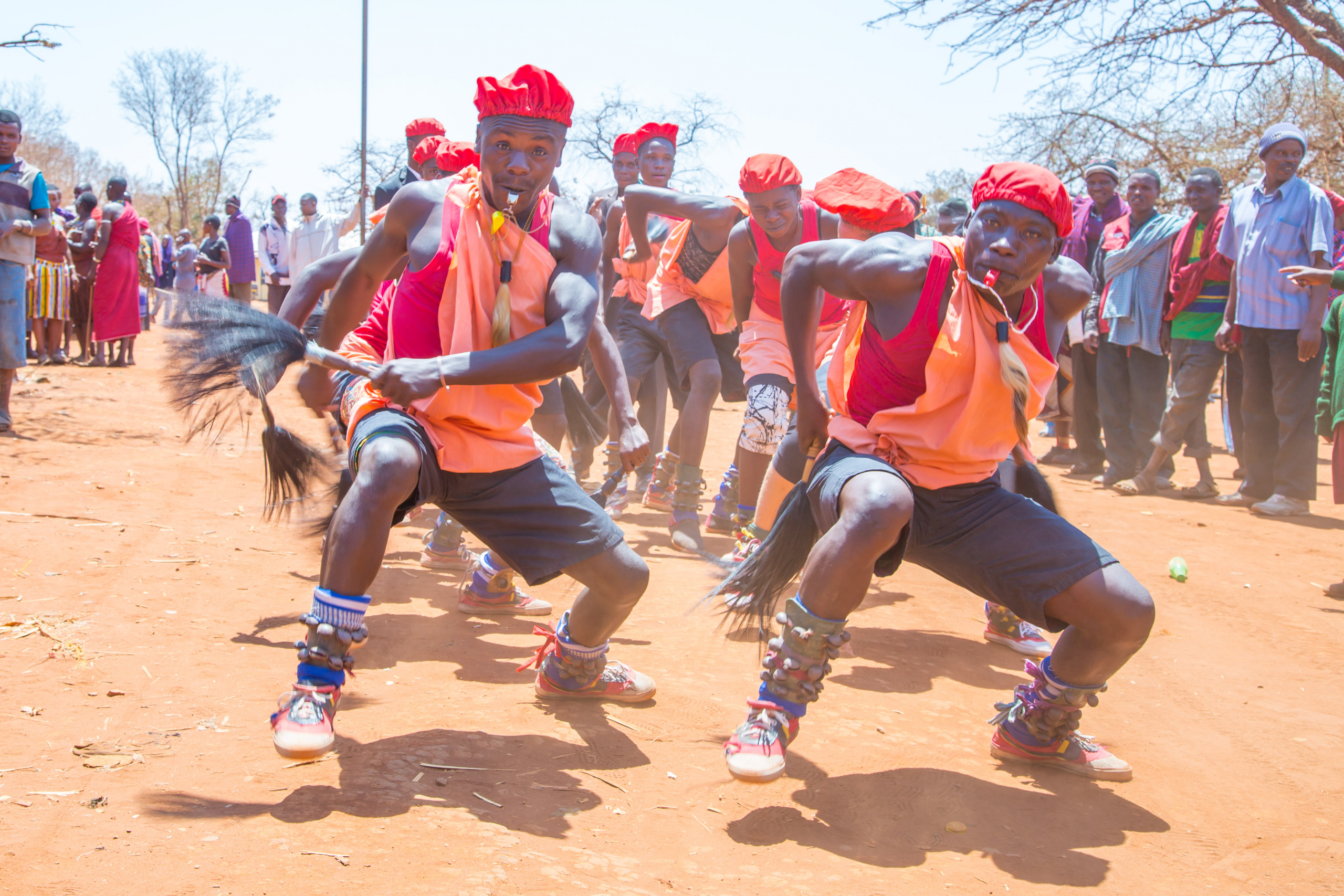The Biggest Bantu Tribe in Tanzania – Sukuma : Tanzania is one of the world’s countries with the most tribes, with over 100 tribes living in various geographical locations. Each tribe has its own culture, but they all share national cultures, such as language Swahili which is the national language, but each tribe has its own dialect. The Sukuma tribe is Tanzania’s largest tribe, said to be present in practically all parts and regions of the country, with their origins in Mwanza and Shinyanga. Its population has surpassed 7 million people, accounting for 16 percent of the country’s overall population, and it continues to increase. They are dispersed throughout the country and live in both rural and urban regions, primarily in Mwanza and Shinyanga. As a result, their ancient way of life changed dramatically, and they surrendered to the contemporary way of life.

The Sukuma are separated into two groups, Kimakia and Kisomayo, and then further subgroups, but they all speak Sukuma and Swahili, one of Tanzania’s official languages and the language of training in schools. The Sukuma are religiously diverse, Traditional faiths acknowledge the existence of spirits, particularly ancestor spirits. They think these spirits play an important role in the health of living family members, so they make offerings to them or name their children after them.
THEIR LOCATION OR HOMELAND
The Sukuma live in northwestern Tanzania, on or near the southern coasts of Lake Victoria and in various sections of the Mwanza, Mara Region’s southwestern corner, Simiyu Region, and Shinyanga Region’s administrative districts. Families from the Sukuma tribe have moved south into the Rukwa and Katavi regions, encroaching on Pimbwe land. These Sukuma have made their homes outside of the Pimbwe settlements. However, because of their larger population, they have opted to disperse themselves over Tanzania.

THE SUKUMA HISTORY
In the first millennium AD, the Sukuma’s ancestors were part of large migrations of people speaking early Bantu languages. They appear to be related to the Bantu of western Uganda, along with the Nyamwezi further south. Because their culture and language in the Nyoro-Kigezi districts of Uganda, Tanzania, and Rwanda exhibit no impacts from the Hima or later Lwoo invaders, it indicates that their ancestors departed that area before the invasion of the Hima Cushites. By 1300 AD, the Sukuma had settled in their current location. When the Sukuma arrived, it appears that the pastoral Hima were already present. According to Sukuma legend, they drove out the Hima, who founded their kingdoms further west, surrounding Lake Victoria , thus The Biggest Bantu Tribe in Tanzania .
THE SUKUMA CULTURE AND CUSTOMS
The indigenous people of Sukuma believe in supernatural forces and regard the universe as a whole, with all living organisms, supernatural and natural, interrelated. In terms of clan ancestry and nomenclature, the Sukuma are typically thought to be matriarchal. They keep cattle, grow crops, and harvest a finite supply of firewood. Sukuma women are known for doing the majority of the family’s work. Cotton, cassava, rice, and peanuts are staple crops for the Kinakia. The Kisomao cultivate the same crops as the Kinakia, although they rely more on cattle herding. The Balatulu live on the plains away from the trees in the eastern portions of the Sukuma area, where conditions are more suited to their cattle herding. The Pimbwe’s southernmost Sukuma both farms and herds cattle. Cotton is the most valuable cash crop, although the average cash income is negligible. Their community is marked by an abundance of offspring and traditional group dance. To commemorate important life events, the Sukuma dances to the beat of drums.
THE SEUKUMA TRADITIONAL MEDICINES
Animals are used in traditional treatment by many ethnic groups, including the Sukuma, which is sometimes referred to as “zootherapy.” Many Africans including some of the tribes in Tanzania sych as Sukuma people believe that traditional animal-based remedies are more effective than Western medical technology. Plant and animal cures have been used in Sukuma medicine for ages, and plant remedies are currently more often used. These same Sukuma people have a system for naming animals based on their medical applications. Herbalists create a list of frequent ailments and their accompanying symptoms before establishing a list of animals, plants, and their medicinal powers.
Herbalists are the ones who decide where and how each animal will be based in society. Herbalists may sell pangolin scales to save crops since pangolins are regarded as a sign of a successful agricultural year. Medicine men and healers in Sukuma land utilize reptiles and porcupines for entertainment because they constitute a threat to society and cattle. Despite the fact that the majority of research on the Sukuma group’s medical practices has been plant-based, there appears to be no information about the tribe’s use of animals in healing.
SUKUMA RELIGION
Despite the fact that Catholic missionaries introduced Christianity to society over a century ago, it has yet to establish a church presence capable of reaching the people. The vast majority of people still believe in things like divination, magic, and spiritism. Christianity The Christian population of the Sukuma is estimated to be around 10%. The Sukuma have a reputation for being sluggish at adapting, passive, and friendly.

Christian mission activity began in the early 1900s, with thousands of people joining the Africa Inland Mission. Early work was done at Nasa and Ihelele by the Church Missionary Society (Anglican). However, some claim that throughout the 1980s and 1990s, there was a growing sense of need for improvement. The Baptist Mission undertook the Sukuma Project, an intensive team-oriented evangelistic effort, in the late 1970s and early 1980s. The Sukuma’s response to the gospel increased significantly as a result of this endeavor. The project included coordinated efforts in evangelism, baptism, church planting, and discipleship training in a sequential order. This demonstrated the Sukuma’s receptivity to the Christian message.
THE SUKUMA ECONOMY
Agriculture and livestock keeping are the main sources of income for the Sukuma. The majority of Sukuma people are subsistence farmers and cattle herders who eat sweet potatoes and millet as staple foods. Cotton and tobacco are the main cash crops. Animism is practiced and firmly rooted among the majority of Sukuma people. In rural areas, the Sukuma people are very poor, but they are able to meet their own subsistence needs.
The Sukuma also have a spiritual urge to be free of spirit beings’ enslavement and terror. Because they are deathly scared of ancestral spirits and other spirit entities, a Sukuma animist devotes much of his or her life and resources to them. The belief that a person must be utilizing witchcraft if he or she is wealthier than others around him or her causes more economic harm to society, so the successful move away.


